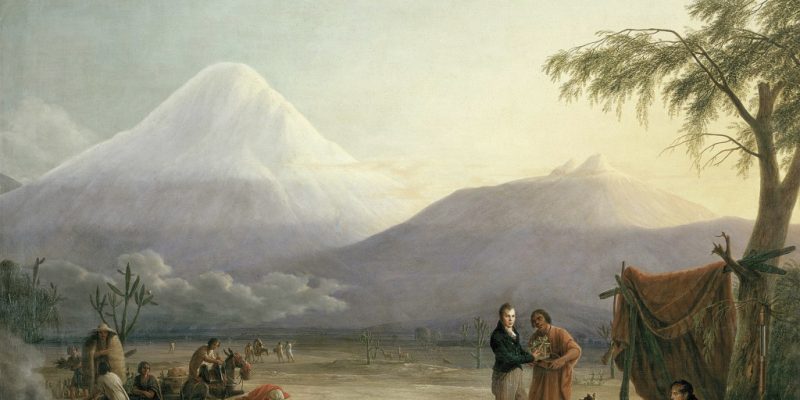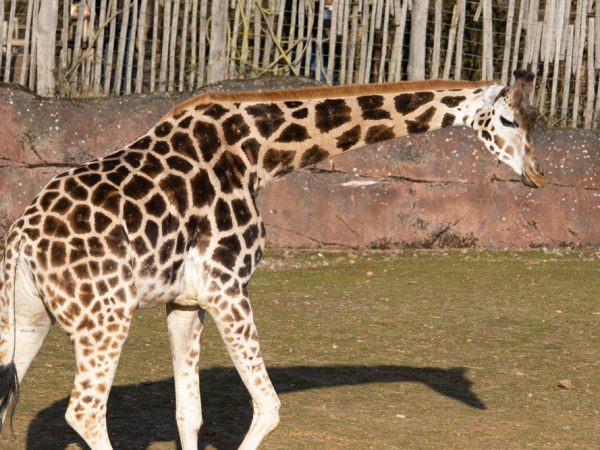South American Explorers: 10 Inspiring and Thrilling Journeys That Changed History

Throughout history, South American Explorers have ventured into the continent’s vast, untamed landscapes, charting new territories and rewriting history. From jungle expeditions to mountain climbs, their adventures have shaped the way we understand geography, indigenous cultures, and even the limits of human endurance. This article uncovers 10 legendary journeys that not only made headlines in their time but continue to inspire travelers and historians alike. Get ready for a wild ride through the heart of South America’s most thrilling explorations.
Francisco Pizarro and the Conquest of the Inca Empire
One of the most significant expeditions by South American Explorers was led by Spanish conquistador Francisco Pizarro. His daring journey into the Andes in the early 16th century led to the fall of the mighty Inca Empire. With just a small force, he captured Emperor Atahualpa and opened the door for Spanish colonization. This conquest changed the trajectory of South American history forever and showcased the brutal effectiveness of European expansionism.
Alexander von Humboldt’s Scientific Odyssey
Alexander von Humboldt stands as one of the most influential South American Explorers for his 1799–1804 scientific journey. He explored regions like the Amazon, Andes, and Orinoco River, documenting plant and animal life with unprecedented detail. Humboldt’s work laid the foundation for modern geography, ecology, and climatology. His adventure wasn’t just thrilling—it was revolutionary in the realm of science and discovery.
Percy Fawcett and the Search for the Lost City of Z
British explorer Percy Fawcett captivated the world with his quest for a mythical ancient city deep in the Amazon. As one of the more mysterious South American Explorers, Fawcett disappeared in 1925 with his son while seeking “Z” in the Mato Grosso region of Brazil. His disappearance sparked numerous follow-up expeditions and inspired books and films. To this day, Fawcett’s fate remains one of exploration’s greatest unsolved mysteries.
Charles Marie de La Condamine and the Equator Mission
In 1735, La Condamine was part of a French scientific team sent to measure the Earth’s shape at the equator in what is now Ecuador. Unlike many South American Explorers, his journey was rooted in mathematical precision and geographic measurement. He spent ten years exploring the Andes, facing disease and harsh conditions. His findings not only proved the Earth’s bulge at the equator but also enhanced global navigation techniques.
Pedro Álvares Cabral’s Accidental Discovery of Brazil
While en route to India in 1500, Portuguese navigator Pedro Álvares Cabral was blown off course and made landfall in present-day Brazil. Although unintended, this voyage positioned Cabral as one of the earliest South American Explorers to claim land for Europe. His journey marked the beginning of Portuguese colonization in South America and set Brazil on a different cultural and linguistic path from its neighbors.
Simón Bolívar’s Liberation Campaigns
While not an explorer in the traditional sense, Simón Bolívar’s travels across South America during his liberation campaigns transformed the continent. Revered as a hero among South American Explorers, Bolívar journeyed through treacherous terrain, crossing the Andes with his troops to defeat Spanish forces. His tireless campaigns helped liberate modern-day Venezuela, Colombia, Ecuador, Peru, and Bolivia, earning him the title “El Libertador.”
Hiram Bingham and the Rediscovery of Machu Picchu
In 1911, Yale professor Hiram Bingham became one of the best-known South American Explorers after revealing Machu Picchu to the world. Guided by locals in the Peruvian mountains, Bingham documented the Incan citadel and brought global attention to its existence. Although it had never been truly “lost” to locals, his discovery ignited global fascination with Incan culture and sparked archaeological efforts that continue today.
Francisco de Orellana’s Journey Down the Amazon
Francisco de Orellana became the first European to navigate the entire length of the Amazon River in 1542. His voyage, fueled by the search for El Dorado, placed him among elite South American Explorers. Starting in the Andes and ending in the Atlantic Ocean, Orellana faced fierce tribes, disease, and starvation. His route revealed the vastness of the Amazon Basin and remains one of the most daring expeditions of the colonial era.
Jean de Léry Ethnographic Expédition
In the mid-16th century, Jean de Léry traveled to Brazil as part of a Protestant mission, eventually documenting his experiences in a widely read travelogue. His vivid account of the Tupinambá people helped shape European perceptions of South American indigenous life. As one of the more culturally observant South American Explorers, de Léry offered rare insights into native customs, language, and spiritual beliefs that would influence generations of anthropologists.
Vilcabamba and the Last Inca Stronghold
The discovery and exploration of Vilcabamba, the last refuge of the Inca rulers, closed the chapter on Incan resistance to Spanish conquest. South American Explorers ventured into the cloud forests of Peru to uncover this hidden city, where the Inca held out for nearly 40 years after the fall of Cusco. Excavations in the 20th century confirmed the site’s role as a final stronghold, bringing clarity to a long-missing piece of history.
Conclusion
From scientific revelations to conquests and cultural awakenings, South American Explorers have made indelible marks on global history. Their courage in the face of the unknown, willingness to endure brutal conditions, and sheer determination pushed the boundaries of exploration. Each journey added a new layer to our understanding of this vast and diverse continent. Whether guided by science, ambition, or legend, their footsteps still echo across jungles, rivers, and mountains. These explorers didn’t just travel—they transformed the world.
FAQs
Q1. Who was the most famous South American explorer?
Francisco Pizarro is among the most famous, known for conquering the Inca Empire and changing the continent’s destiny under Spanish rule.
Q2. What was the purpose of Alexander von Humboldt’s journey?
Humboldt aimed to study the natural world. His observations of plants, animals, and geography revolutionized science and inspired later explorers.
Q3. Did Percy Fawcett ever find the Lost City of Z?
Fawcett vanished during his 1925 expedition. Though he never confirmed the city’s existence, his legend sparked ongoing exploration and theories.
Q4. How did Hiram Bingham discover Machu Picchu?
Guided by locals, Bingham reached the site in 1911. Although known to locals, his documentation brought global attention to the Incan ruins.
Q5. Are there modern South American Explorers today?
Yes, many modern explorers and scientists continue studying South America’s ecosystems, indigenous cultures, and ancient ruins with new technologies.
Also read: Dancing with a Beluga Whale: 10 Unforgettable Moments That Will Melt Your Heart











